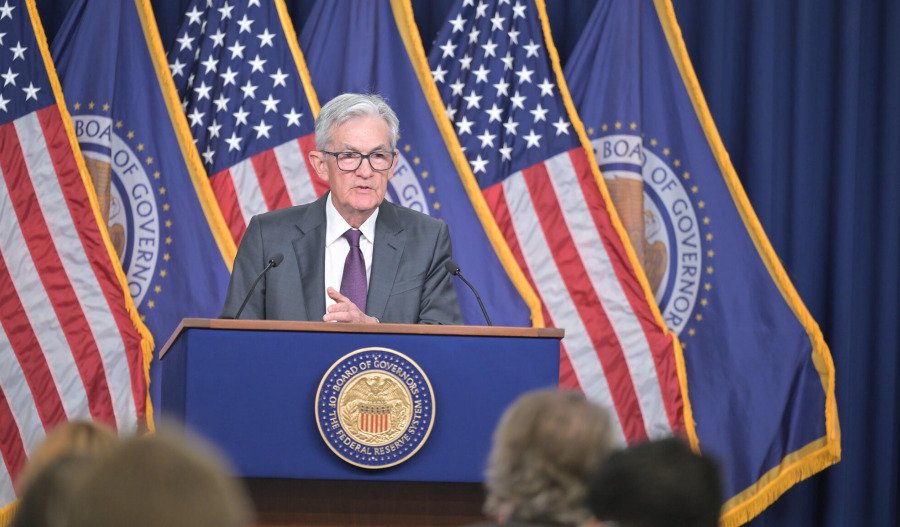The United States inflation rate rose more than anticipated in January, reinforcing expectations that the Federal Reserve will maintain interest rates for an extended period.
The consumer price index (CPI) climbed 0.5% for the month, with annual inflation reaching 3%, the Bureau of Labor Statistics (BLS) reported.
Both figures exceeded market expectations of 0.3% and 2.9%, respectively.
Core CPI, which excludes volatile food and energy prices, increased 0.4% on the month and 3.3% year-over-year, also surpassing forecasts.
Following the release, financial markets reacted sharply as investors recalibrated their expectations for the Federal Reserve’s monetary policy, now anticipating the first rate cut in September rather than earlier in the year.
Fed Chair Jerome Powell, testifying before the House Financial Services Committee, cautioned against placing too much emphasis on a single inflation report.
“We don’t get excited about one or two good readings, and we don’t get excited about one or two bad readings,” Powell stated.
He reiterated the Fed’s reliance on the personal consumption expenditures (PCE) price index, with further insights expected from Thursday’s producer price index (PPI) release.
Shelter costs remained a primary driver of inflation, rising 0.4% in January and accounting for 30% of the total CPI increase, according to the BLS. Homeowners' equivalent rent, a measure of estimated rental values, climbed 0.3% for the month and 4.6% annually.
Food prices also saw a notable increase of 0.4%, with egg prices surging 15.2% due to ongoing avian flu outbreaks affecting poultry farms.
The BLS reported this was the largest monthly rise in egg prices since June 2015, contributing to nearly two-thirds of the overall increase in food-at-home costs.
Energy prices advanced 1.1% in January, driven by a 1.8% rise in gasoline prices. Used car and truck prices jumped 2.2%, while motor vehicle insurance costs increased 2%, registering an 11.8% annual rise.
The inflation report reinforced the Fed’s cautious approach to rate cuts. Powell indicated on Tuesday that the central bank does not see an urgent need to lower rates while assessing inflation trends and economic conditions.
Markets, which had previously expected rate cuts as early as June, have now adjusted their expectations, with CME Group data showing a 70% probability of just one rate cut in 2024.
Despite this stance, former President Donald Trump has continued to push for lower interest rates. In a post on Truth Social before the CPI release, he stated, “Interest Rates should be lowered, something which would go hand in hand with upcoming Tariffs!!!”
Meanwhile, rising prices have eroded purchasing power, as real wages remained stagnant despite a 0.5% increase in average hourly earnings, the BLS reported.



